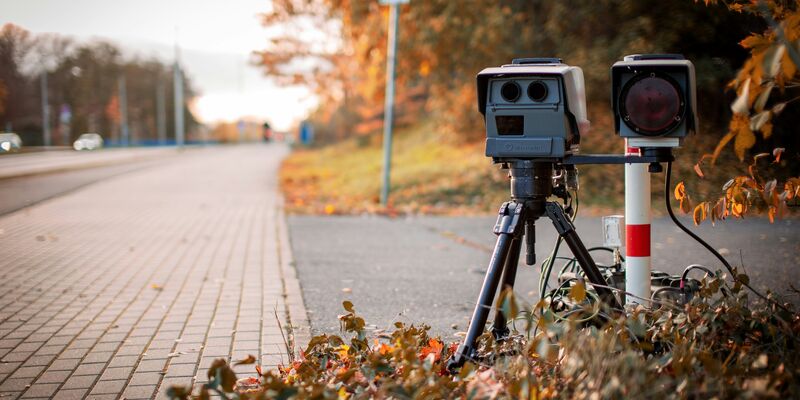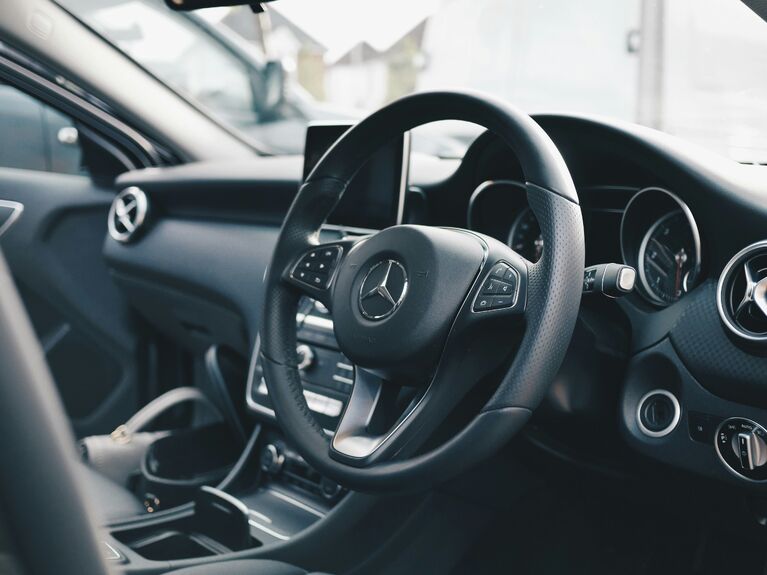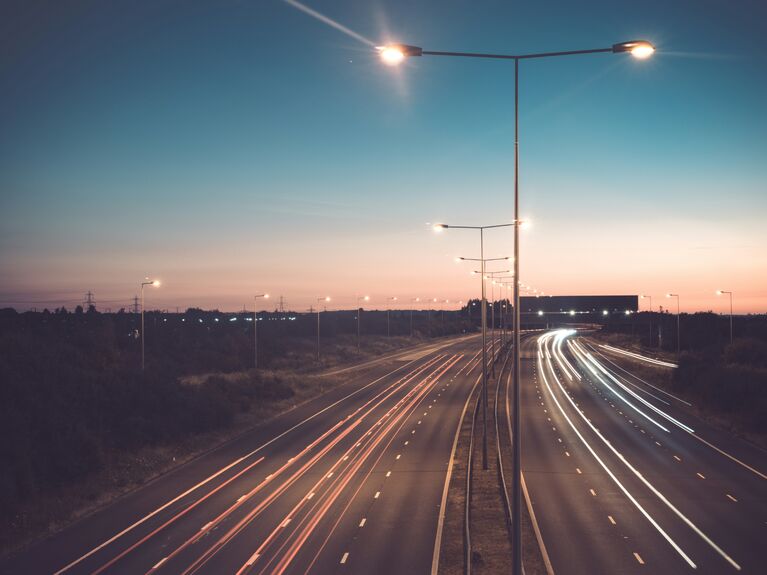
Credit: https://unsplash.com/photos/black-and-gray-camera-on-tripod-on-road-during-daytime-PulU3AxfJtQ
Navigating the roads in the UK involves more than just adhering to speed limits and driving etiquette. One critical aspect that often goes unnoticed until it's too late is the presence of traffic light cameras. These devices, while instrumental in maintaining road safety, can often be a source of confusion and anxiety for drivers. In this comprehensive guide, we'll delve into everything you need to know about traffic light cameras.
What are Traffic Light Cameras?
Traffic light cameras, also known as red light cameras, are automated devices strategically installed at junctions and traffic lights across the UK. Their primary purpose is to capture images or videos of vehicles that commit traffic signal offences - predominantly those that run red lights. Distinct from speed cameras, their focus is primarily on the enforcement of traffic signal compliance rather than speed regulation.
How Do They Work?
These cameras are activated by sensors embedded in the road surface or by radar technology. When a vehicle crosses the stop line after the traffic signal has turned red, the camera system is triggered. It captures a series of photographs or a short video clip, which typically includes the vehicle's registration plate, a clear view of the driver, and the traffic light in its red phase.
Legal Implications
Being captured by a traffic light camera generally results in a Notice of Intended Prosecution (NIP) being sent to the registered owner of the vehicle. The penalties for running a red light can be severe, including a fine (usually around £100), three penalty points on the driver's licence, and in some cases, an invitation to attend a driver awareness course instead of receiving points. For repeated or egregious offences, the consequences can escalate, potentially leading to higher fines and even court appearances.
Points to Remember
- Timing is Key: The cameras are only activated after the lights have turned red. If you're already in the middle of the junction when the light changes to red, you typically won't be penalised.
- Accuracy Matters: Traffic light cameras are highly accurate and undergo regular testing and calibration. However, if you believe a ticket has been issued in error, you have the right to challenge it. This might involve requesting photographic evidence or even legal advice.
- Safety First: The primary aim of these cameras is to improve road safety. Running red lights is a dangerous offence that can lead to severe accidents, particularly at busy junctions.
- Technology Variations: Different regions may employ varying technologies in their traffic light cameras. Some use digital cameras, while others might be integrated with speed measurement devices. Staying informed about the types of traffic monitoring systems in your area can be beneficial.
Understanding the Technology
Traffic light cameras typically use high-resolution imaging to ensure that details like number plates and the colour of the traffic light are clearly visible. Some systems also use infrared technology for capturing images at night or in low light conditions, ensuring 24-hour enforcement.
Impact on Driver Behaviour
The presence of traffic light cameras has a significant impact on driver behaviour. Studies have shown that in areas where these cameras are installed, incidents of red-light running decrease substantially. This deterrent effect plays a crucial role in enhancing safety at major junctions, which are often hotspots for accidents.
Myths and Misconceptions
There are several myths surrounding traffic light cameras. Some drivers believe that these cameras are always on, which is not the case. They only activate when a violation occurs. Another common misconception is that these cameras are used as a primary source of revenue generation. While fines are imposed, the primary aim is to improve road safety.
Privacy Concerns
Privacy is a concern for many when it comes to surveillance and automated enforcement. Traffic light cameras, however, operate within strict legal frameworks. They are designed to capture only the necessary information required for enforcing traffic laws, ensuring that privacy is respected while maintaining public safety.
In Case of an Offence
If you receive a penalty notice due to a traffic light camera, it's essential to act promptly. You have options: pay the fine, attend a driver awareness course if offered, or contest the penalty if you believe it's unjust. Ignoring the notice can lead to further legal complications.
The Role of Advanced Driver Assistance Systems (ADAS)
In modern vehicles, ADAS like traffic signal recognition can assist in reducing the likelihood of traffic light offences. These systems alert drivers about the status of traffic lights, but they should not replace driver vigilance.
Future Developments
The technology behind traffic light cameras is continually evolving. Future developments may include more sophisticated detection systems, integration with smart city infrastructures, and even AI-driven analytics to improve traffic management and safety.
Role in Smart Cities
In the context of smart cities, traffic light cameras contribute to more efficient traffic management. By reducing incidents of red-light running, they help in optimising traffic flow and reducing congestion. This integration forms part of a broader vision for safer and more intelligent urban mobility.
Tips for Safe Driving at Junctions
- Stay Alert: Always be prepared for sudden stops at junctions.
Yellow Means Prepare to Stop: Treat the amber light as a signal to stop, not an invitation to speed up. - Understand the Signals: Familiarise yourself with the traffic light sequences in your regular routes.
- Maintain a Safe Following Distance: This gives you more time to react if the traffic ahead stops suddenly.
Traffic light cameras are an integral part of the UK's road safety strategy. Understanding how they work, the legal implications of violations, and the technology behind them can help motorists navigate junctions more safely and confidently. As responsible drivers, we have to respect traffic signals, not just to avoid penalties, but to ensure our safety and that of others on the road.
Looking to sell your car? Enter your reg plate and get a valuation in under 60 seconds.




